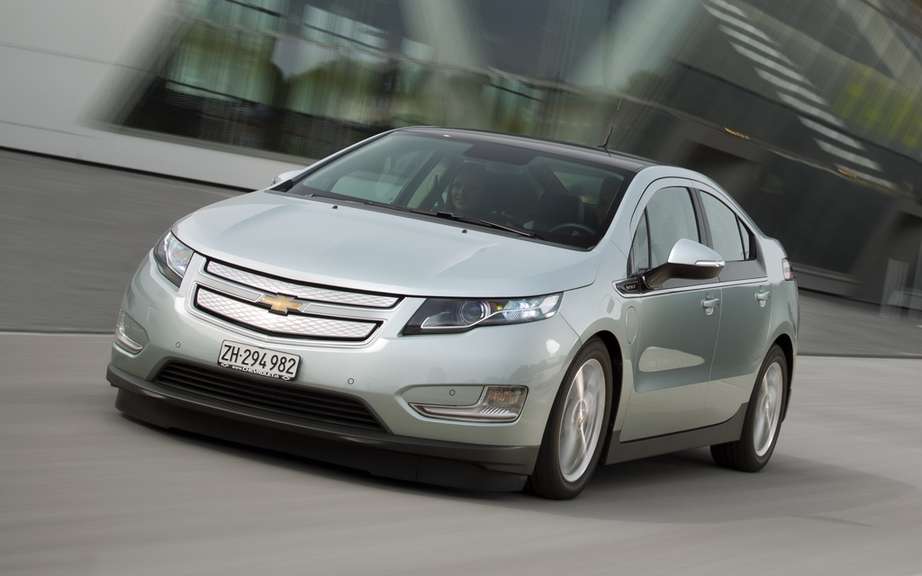


You push the pedal more and the Volt just thrusts forward. The EV's single-speed transmission means that there's also no jerky shifting, no interruption of power as you accelerate, and no waiting for the vehicle to downshift to pass. The electric power train is amazingly silent when the range extender isn't running, and the power delivery is linear and predictable. You get in, hit the start button, shift gears, and drive. One of the most flexible power trains on the road todayįor as complex as the power train and fuel economics are, the driving experience of the Volt is surprisingly simple. If you have a 60-or-so-mile round trip, and make use of chargers where you work and where you shop, it's also possible to keep the trip computer above the 100 mpg mark.ĭepending on how often you charge and your driving habits, the Volt's fuel economy can be stellar or merely acceptable. For example, if your daily commute is within the Volt's 35 or so miles of electric range, it's possible to go weeks without using a single gallon of petrol. Your fuel economy will vary wildly depending not only on your driving habits, but also on your ability to keep the battery pack charged with regular plug-ins. Combine the two and the EPA guesses that you'll average 60 mpg. Under gasoline power, the Volt drops down to 37 mpg. Under electric power, the Volt is rated at 94 miles per gallon equivalent (the Chevy's own trip computer claims an eye-roll-inducing 250+ mpge).


The EPA further confuses things by supplying a hodgepodge of fuel economy estimates and equivalents that you, the consumer, must make sense of. As a result, the Volt's gasoline engine will never be able fully recharge its own battery the way a conventional hybrid can. Because the bulk of the range extender's energy is going into turning the wheels, there isn't a ton of energy left over to recharge the battery with (although a bit of trickle charging does occur). However, with this setup the gasoline engine's rpm can be set independently of the vehicle's road speed, theoretically allowing the Volt to get optimum efficiency out of every drop of fuel. That may seem inefficient, counterintuitive even. Ideally, the gasoline engine never has a physical connection to the wheels: even when it's spinning, the electric motor is running the show. This is why GM/Chevrolet hesitates to call the Volt a hybrid. Chevrolet recommends that you leave the Volt plugged in even when you're not charging to allow the battery conditioning system to keep the lithium ion battery pack at the optimal temperature for retaining its charge. The Volt can be programmed to charge immediately upon plugging in or to wait until off-peak utility pricing to start juicing the battery pack. If you're using a conventional 110V and the included charging cable, you'll see that charging time jump to about 8 to 10 hours.
CHEVY VOLT RANGE EXTENDER FULL
Find a charging station (or have one installed at your home) and plug its 240-volt power into the port on the front driver's-side fender, and the Volt will charge the battery from empty to full in about 4 hours. Since this is an electric motor that we're talking about, all of that torque is available from zero rpm, so the Volt actually has pretty good get-up-and-go when floored in its Sport mode, but we'll get back to that.Įlectricity is first provided by a 16kWh T-shaped lithium ion battery pack that runs the spine of the vehicle, wrapping behind the rear seats. In regular, car guy/gal terms, that engine outputs 149 horsepower and 273 pound-feet of torque. Turning the Volt's front wheels is a 111kW electric engine.


 0 kommentar(er)
0 kommentar(er)
